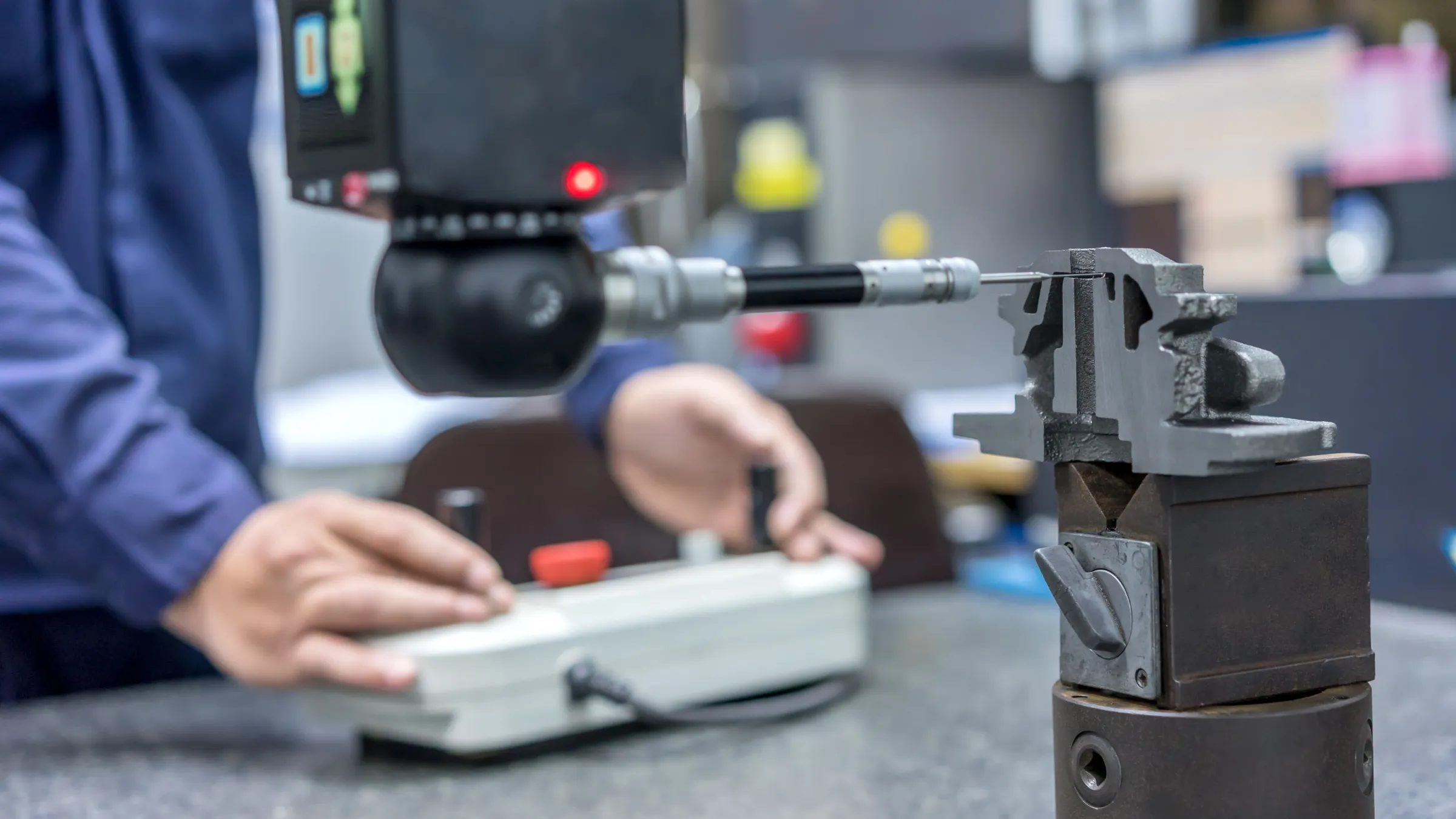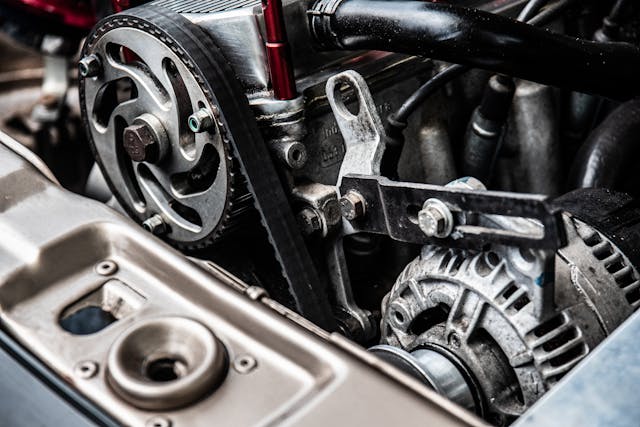Expanding Vision through High-Precision Optical CNC Machining

High-precision optical CNC machining plays a crucial role in expanding our vision and enabling us to see things that were once invisible. With this advanced technology, we can produce complex and intricate optical components that are vital in various industries such as aerospace, medical, and telecommunications. These components include lenses, mirrors, prisms, and filters which require extreme precision to function effectively.
The importance of high-precision optical CNC machining lies in its ability to achieve accuracy at the microscopic level. This level of precision is necessary to ensure optimal performance of optical systems by minimizing distortions and aberrations. By using CNC machines with advanced computer algorithms, manufacturers can achieve sub-micron tolerances, resulting in improved image quality and enhanced functionality.
Moreover, high-precision optical CNC machining enables the production of customized optical components according to specific requirements. As each component needs to meet precise specifications for different applications, this technology allows for the creation of highly tailored solutions. Whether it’s developing innovative medical devices or designing cutting-edge cameras for scientific research purposes, high-precision optical CNC machining ensures that these systems operate flawlessly with unparalleled accuracy.
The role of precision in optical applications
High-precision optical CNC machining plays a crucial role in various optical applications. One of the primary benefits of precision in this context is the ability to achieve accurate and consistent results. Optical components, such as lenses and mirrors, require precise dimensions and surface finishes to function optimally. By using high-precision CNC machining techniques, manufacturers can ensure that these components are produced with the utmost accuracy, leading to improved performance in optical systems.
Furthermore, precision is essential for achieving tight tolerances in optical applications. Even slight variations in dimensions or surface quality can have a significant impact on the functionality of an optical system. High-precision CNC machining allows for the production of parts with extremely tight tolerances, ensuring that each component meets the required specifications. This level of precision enables designers and engineers to create sophisticated optical systems that deliver superior image quality and performance.
In addition to accuracy and tight tolerances, precision also plays a crucial role in enhancing efficiency in optical applications. When optical components are precisely manufactured, they fit together seamlessly without any gaps or misalignments. This not only improves the overall performance but also reduces energy losses through reflections or scattering caused by imperfect fits. Moreover, precise manufacturing enables quicker assembly processes as there is no need for additional adjustments or modifications during installation. Overall, precision is paramount in optical applications as it ensures accurate results, tight tolerances, and efficient functioning of various components within an optical system.
Applications and benefits of high-precision optical CNC machining
High-precision optical CNC machining plays a crucial role in numerous industries, including aerospace, medical, automotive, and telecom. With its ability to produce intricate and accurate components, this cutting-edge technology has revolutionized the fabrication process. Precision optical components are essential for many applications within these industries.
In the aerospace sector, high-precision optical CNC machining is used to manufacture critical components like lenses and mirrors for telescopes and satellites. These components need to meet stringent requirements for accuracy and performance to ensure precise navigation and imaging systems. Similarly, in the medical field, precision optical components are utilized in devices like endoscopes and laser surgery equipment. These instruments demand exceptional precision to enable doctors to perform minimally invasive procedures with utmost accuracy.
Furthermore, the automotive industry relies on high-precision optical CNC machining for various applications such as producing headlights with superior beam quality or manufacturing sensors for advanced driver assistance systems (ADAS). High-precision optical CNC machining, a cutting-edge technology, is finding widespread applications across various industries. From aerospace to medical, automotive to telecom, the demand for high-quality optical components is growing rapidly. Optical component manufacturers are leveraging this advanced machining technique to meet the stringent requirements of these industries.
One of the key benefits of high-precision optical CNC machining is its ability to achieve extremely tight tolerances. This level of precision ensures that the final product meets the exact specifications required, resulting in improved performance and reliability. Additionally, high-precision optical CNC machining enables manufacturers to produce intricate geometries that would be otherwise impossible with traditional manufacturing methods. This allows for greater design flexibility and innovation in product development.
Another significant advantage of using high-precision optical CNC machining is its cost-effectiveness. The automated nature of this process reduces labor costs while ensuring consistent quality throughout production. Furthermore, it minimizes material waste by optimizing cutting paths and reducing errors caused by human intervention. As a result, companies can achieve higher productivity levels while maintaining competitive pricing in the market.




